Why Waldorf? Part 3
This is the third part in a three-part article about what Waldorf school looks like compared to public school. If you’re just coming to this, I encourage you to read Part 1, which can be found here, and Part 2, which is here. This is, of course, our experience and others will have different takes on Waldorf education. Please keep in mind that Ian and I are parents, not teachers, so our perspective on Waldorf is a parents’ perspective.
11. The School Day. A typical day at Waldorf school for the third grade consists of main lesson (subjects of language arts and math are taught in six-week blocks), snack time, specialty class, lunch, and then two specialty classes. There are several recesses too. Spanish, German, handwork, music, and gardening are each taught twice a week. Movement, Eurhythmy, painting, and form drawing are taught once per week. Two or three periods a week are devoted to reading practice and groups. My son loves all of his subjects.
Right now in main lesson, they are working on math, with specific emphasis on measurement and reviewing carrying and introducing borrowing. Next month they will move into a “shelter and housing” block. They will study housing around the world and the history of life skills. The children will choose a particular type of house or home and then fashion a realistic 3-D shelter diorama and present a report to the class. I have seen the most amazing shelter dioramas—igloos, geodesic domes, longhouses, log cabins—pass by me at school, lovingly carried (with difficulty) by their third-grade creators. This shelter block harkens back to autumn blocks of gardening and farming and building. In the spring, the third grade will have a social studies and life sciences block that covers clothing and textiles. Students will complete a clothing and weaving project, which handsomely dovetails with their handwork classes covering crochet and spinning.That’s a lot of information about our grade specifically, but it gives a picture of what school is like and shows how many teaching modalities are present, as art, movement, and music are interwoven throughout. All grades have some variation on this kind of day, with subjects becoming more advanced as the children grow.
Overall, the Waldorf curriculum is highly geared to meet the needs of the growing child, whose development can be divided into three main phases. Birth to age 7 is considered to be the imitation/will years; 7 to age 14 are considered to be the imagination/feeling years; and ages 14 to 21 make up the truth-seeking/thinking years. Subjects are introduced with these developmental stages in mind, for example eighth graders study world revolutions.
12. Parent Involvement. Our school is not, strictly speaking, a “parent-participation” school. Parents do not volunteer regularly in the classroom. However, parents support and help with many tasks, and are asked to get involved in everything from festival committees and boosters clubs to the parent guild and the board of directors. There are celebrations and festivals all year long that require a great deal of parent involvement, and many fundraisers. Each family is asked to volunteer in numerous ways and to let the school know their particular talents and hobbies. There are hundreds of ways to be involved in our child’s education. I was thrilled when I was asked to help with baking dragon breads, to take photographs of the Harvest Faire, and to paint wings for the third grade’s Firebird Eurhythmy performance last fall.
13. Festivals. So what are these festivals anyway? Waldorf schools celebrate a plethora of festivals that might be unfamiliar to many, or perhaps may be familiar only because they once were (or still are) a part of the yearly liturgical rhythm of European cultures. These festivals are closely connected to the seasons and occur almost once per month. Michaelmas occurs at the end of September. Harvest Faire happens in October. Martinmas and Thanksgiving are in November. The season of Advent is celebrated as the contemplative days leading up to the winter solstice and Christmas. May Day is a big school-wide festival that happens in the first week of May.
School festivals are opportunities for celebration, for contemplation and inner revelation, and for community building. By celebrating holidays and holding festivals, we celebrate the bounty and beauty of life. We stand up, take a deep breath, and collectively say, “We are human and humans together.” Because they are unique to Waldorf schools, these festivals are a kind of icing on the Waldorf cake and most families love to partake.
14. Nourishment. From the moment we set foot on our Waldorf school campus we have been nourished in every way. Every sense* is considered in every moment: sight, sound, taste, touch. Lighting is beautiful. Materials used in school are superb and of the best possible quality so that they may please and inspire. Wood, wool, sunlight, silk, paints of the purest colors, and nourishing foods are the delights that surround my son during his school day. Every item is both functional and beautiful, from the desks to the doorjambs, from the spectacular woods and river surrounding the campus to the school farm. And let me talk about that farm a moment. Fruits and vegetables are grown organically and biodynamically all year. Some (very lucky) animals make their homes there: a sweet old cow, a flock of chickens who produce lovely eggs, several sheep, and an old man llama named Balboa. Children participate in working this farm throughout grades 1–8 in their gardening classes. They learn where food comes from, and through their labors in the sun and open air get an inkling of the time, effort, and knowledge required to produce and harvest food. In the Waldorf Kindergarten, snack is provided by the school and the little ones are fed nourishing grains, vegetables, and soups. I assert that whenever 24 5- and 6-year-olds eat organic vegetable and barley soup together as a class, a small miracle has occurred. And I think any parent with a picky eater will agree.
15. Nature, Reverence, and Respect. This is perhaps the aspect of Waldorf education that most appeals to me. Wonderment and reverence for nature and humanity are part of my personal morality, and this is something I truly hope my children will learn. And I see these principles in practice every day at school. Rudolf Steiner said, “Receive the children in reverence; educate them in love; let them go forth in freedom.” We believe that our son is being taught as and treated as an individual with worth. We believe he is loved and valued and that his contributions to the class and the lives of the students and teacher are valued. We think this is a pretty good case for Waldorf education, since it is in feeling loved and wanted and respected that people are able to open up to learning and new experiences, and make lasting relationships. We do not want our son to burn out on school. We don’t want him to hate school and hate learning. We do not want him simply to survive his schooling, but rather to thrive in it and because of it. We feel that our private school is an investment in his future success and may help stave off some of the problems that teens and young adults face. We might be wrong, of course. Nothing is guaranteed. No school will raise him for us. We still have the toughest job of parenting. I wouldn’t have it any other way. (I welcome your comments.)
* Steiner described and explored twelve senses of the human being. I am not qualified to explain these.
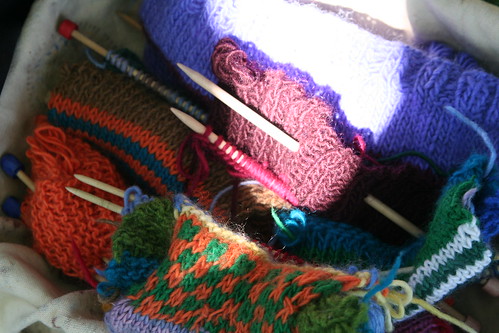
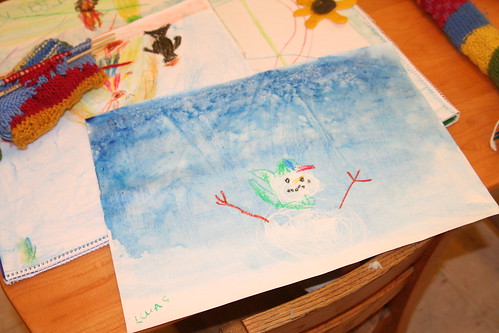
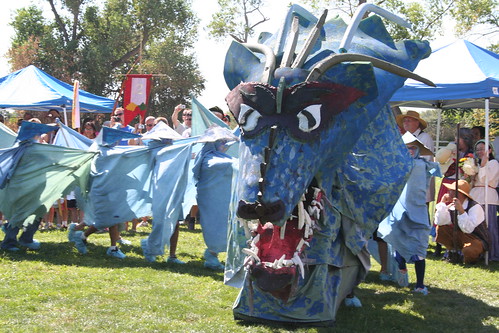
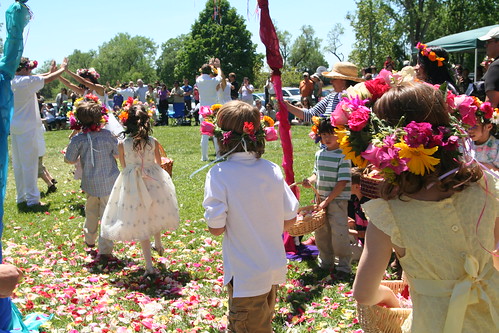


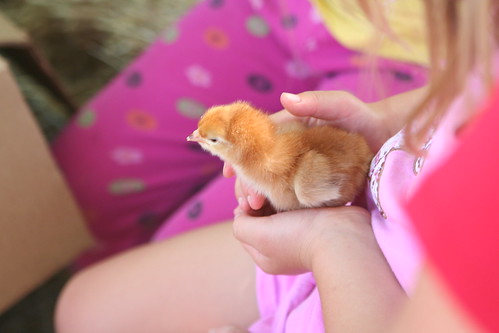
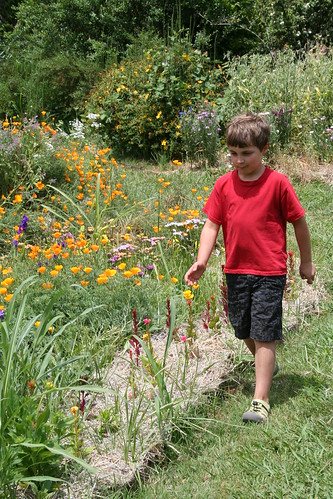

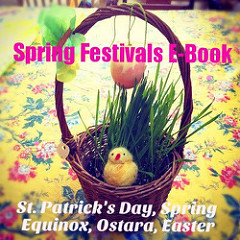
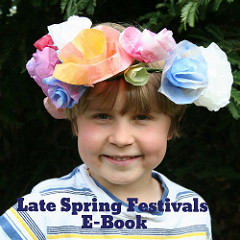

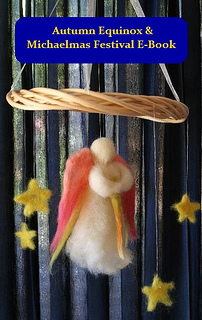
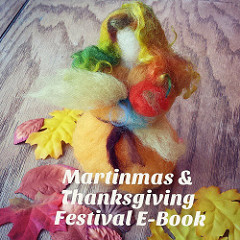

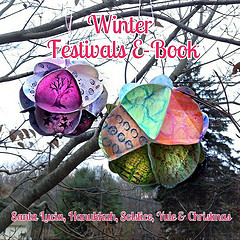

January 26, 2011 at 1:22 am
Sara, this is so beautiful, thank you. I’m sharing it on my pages.
January 26, 2011 at 11:02 am
Sara, what an amazing look into Waldorf! I love it and hope you don’t mind that I’m sharing it on FB. Thank you for taking the time to post it. – Bela’s Mom 🙂
January 26, 2011 at 6:57 pm
Every parent should see this….you are an amazing writer Sara!!! Good God I just love it….LOVE IT!!!…this has to be your therapy sista…clarifying your thoughts are so very healing. Now go write that book and make your millions…then take me out to lunch.
January 27, 2011 at 10:25 am
Thank you, Lisa! Please do!
January 27, 2011 at 10:26 am
Trish, I don’t mind at all. And thank you for taking the time to read it. It was a biggie! I appreciate your stopping by. Say hi to Bela for me!
January 27, 2011 at 10:27 am
Thank you, Val! I’m thrilled you liked it. I hope others do, too. Yes, writing is my therapy. xo
January 28, 2011 at 5:59 pm
I am so glad I saw your link from The Magic Onions! Our heart is in Waldorf education, but unfortunately due to finances we are unable to send our eldest to a Waldorf school nor homeschool. I often feel conflicted between our desire to have a Waldorf-friendly environment and the reality of our child in public school and innundated with scripted play. Your post has shown me ways I can encourage creative play and learning at home. Thanks.
February 1, 2011 at 7:31 pm
Hi Lynn! Thank you for reading my very long post about Waldorf ed. Believe me, I understand how difficult it can be to afford this kind of private education. We struggle too and worry about how to make this work for our younger son when he is of school age.
I do believe there are middle-grounds and various compromises that can be found for individual families wanting a more Waldorf experience, even with children in public education. No one ever really achieves perfection. Education is a journey for all, no? Good luck with your efforts!
February 6, 2012 at 6:44 pm
What a lovingly written article. Thank you for taking the time to articulate your experience. I have often thought to do this myself but now perhaps I’ll just refer folks to you 🙂
April 26, 2012 at 2:05 pm
Very great post. I just stumbled upon your blog and wished to mention that I have truly loved browsing your blog posts. In any case I will be subscribing to your rss feed and I am hoping you write again very soon!